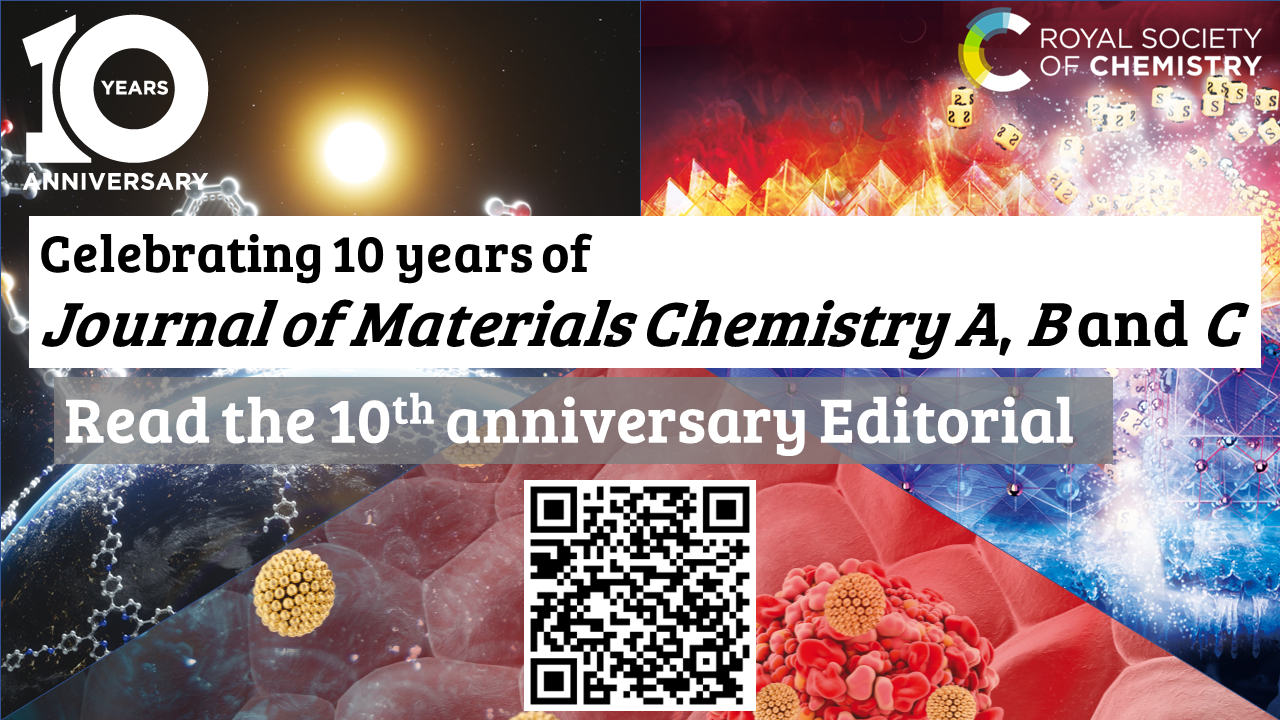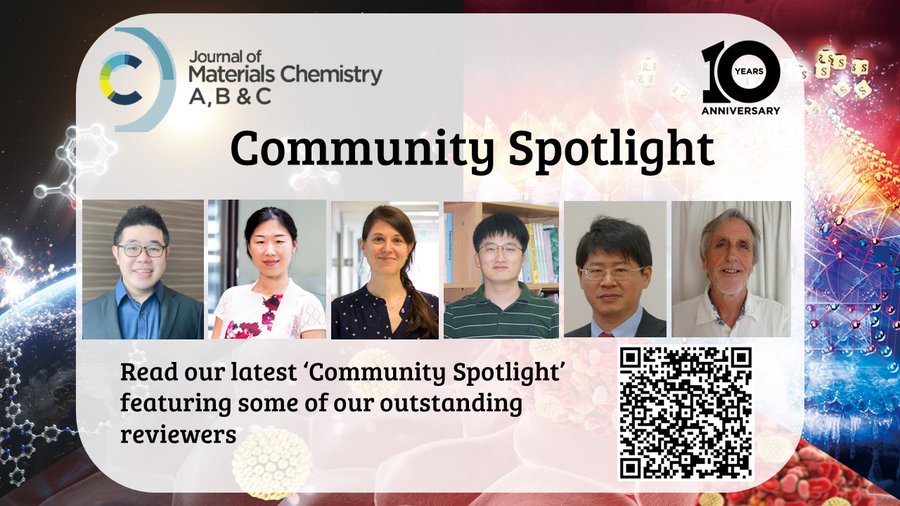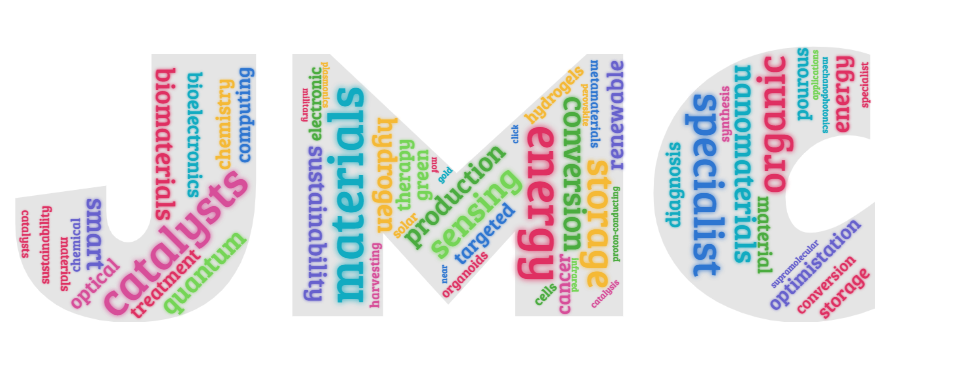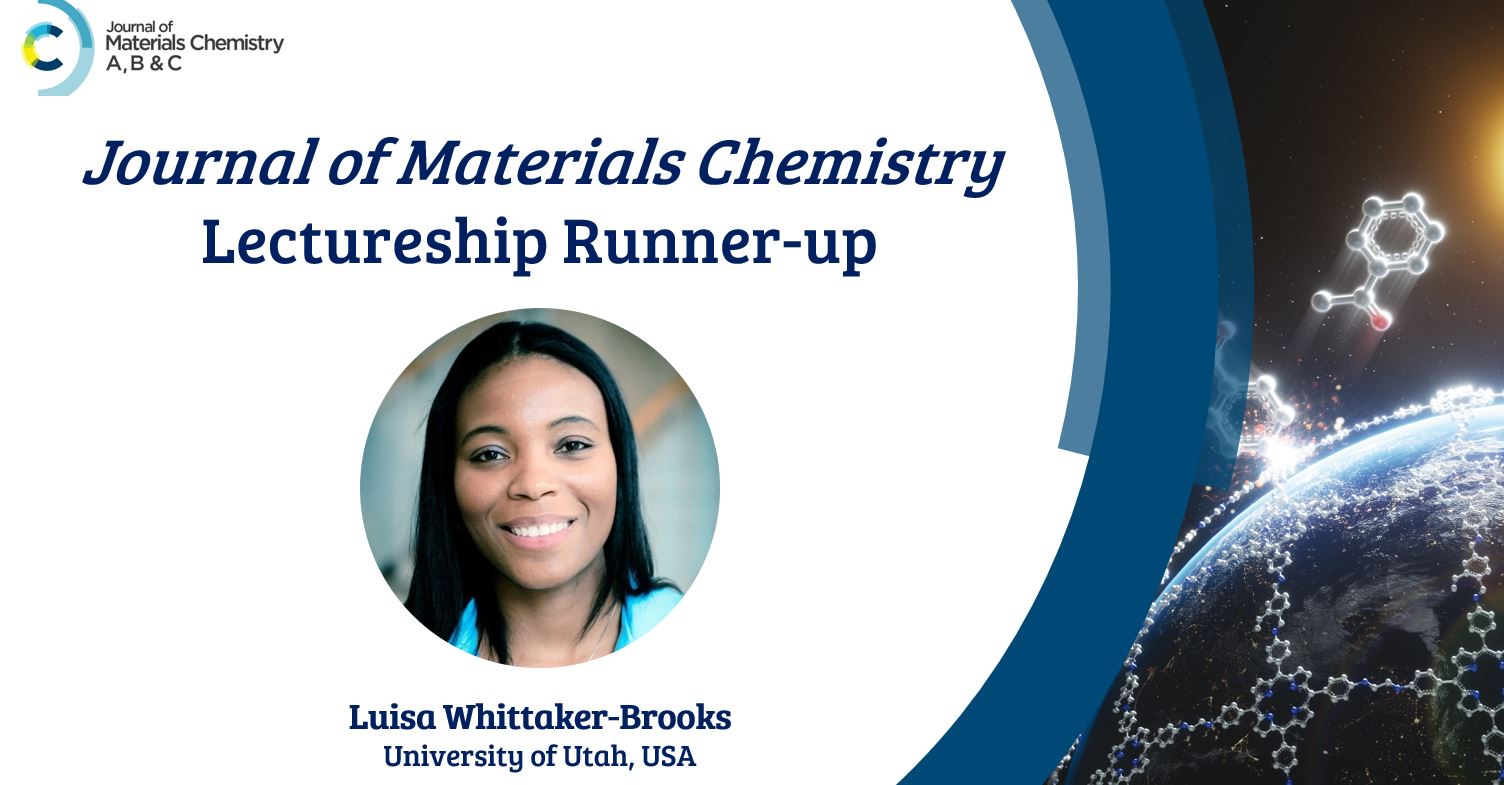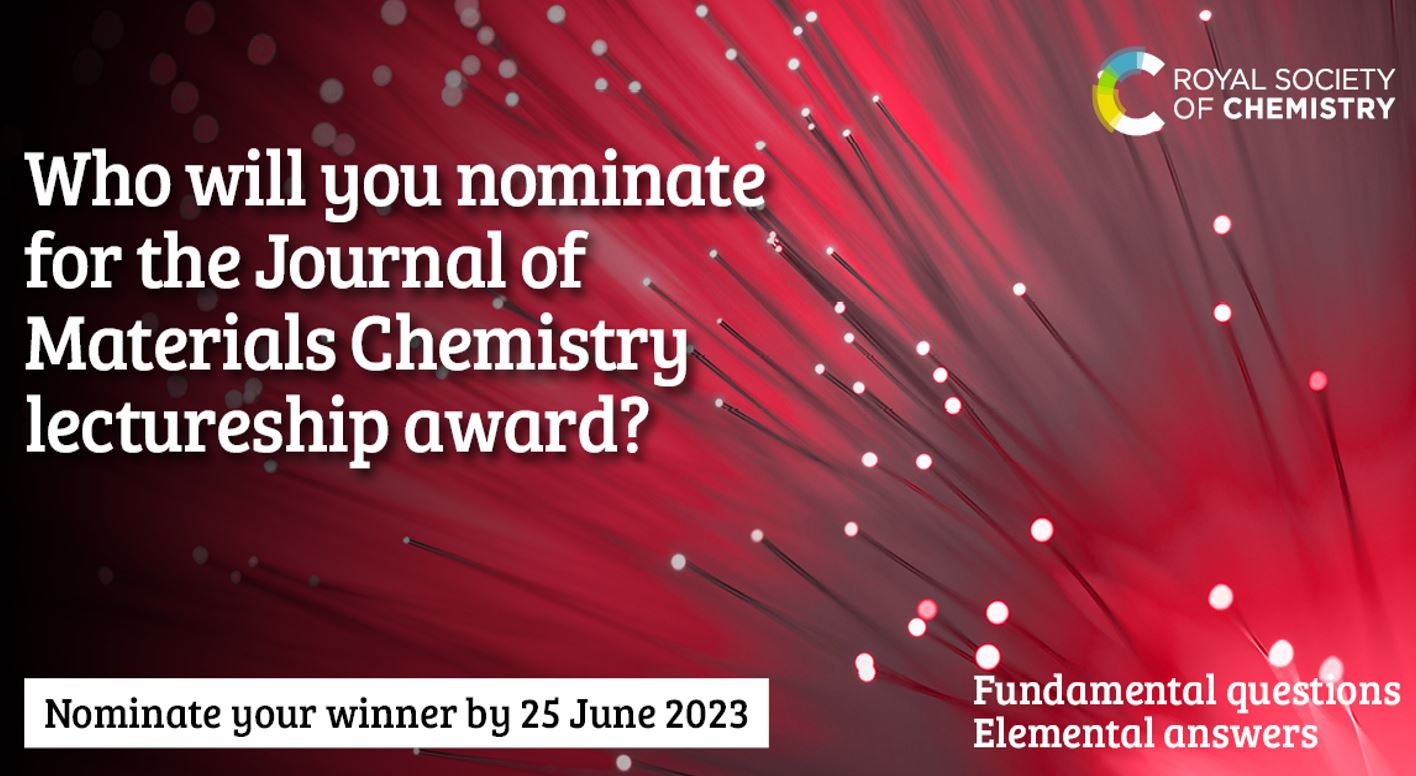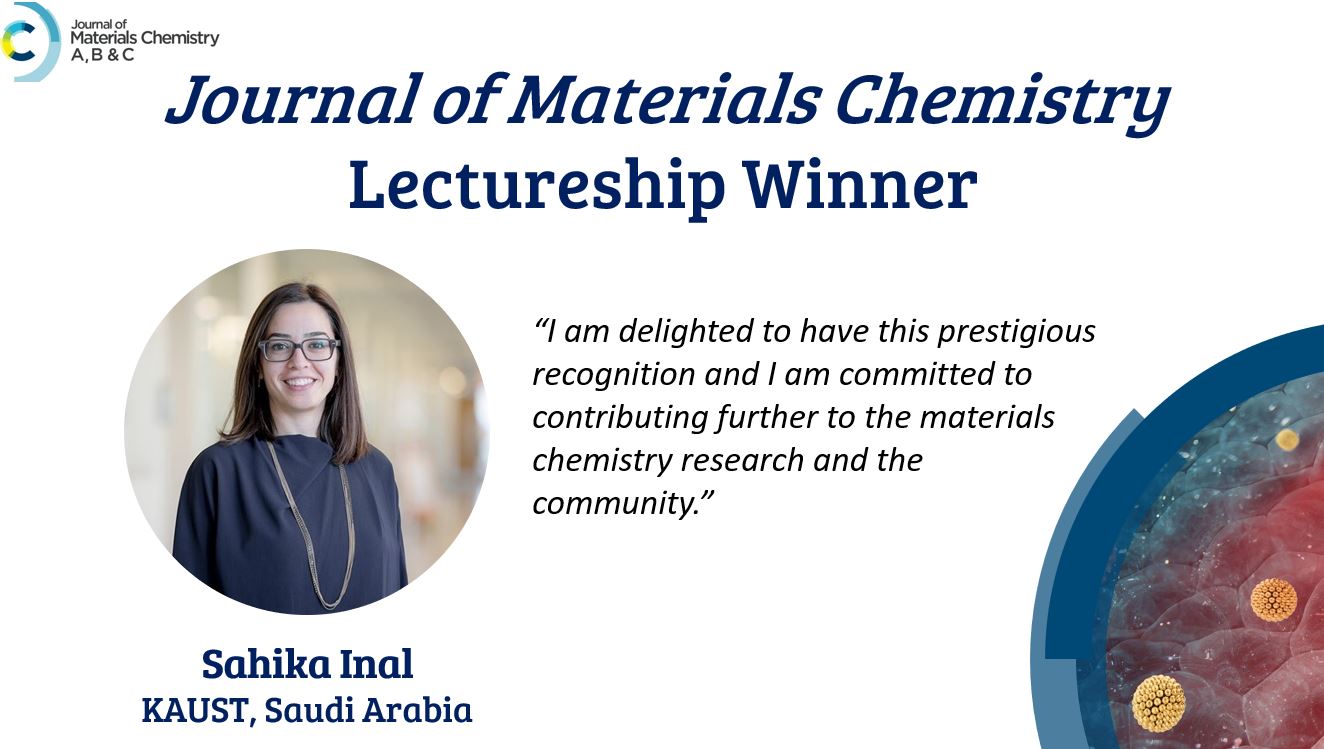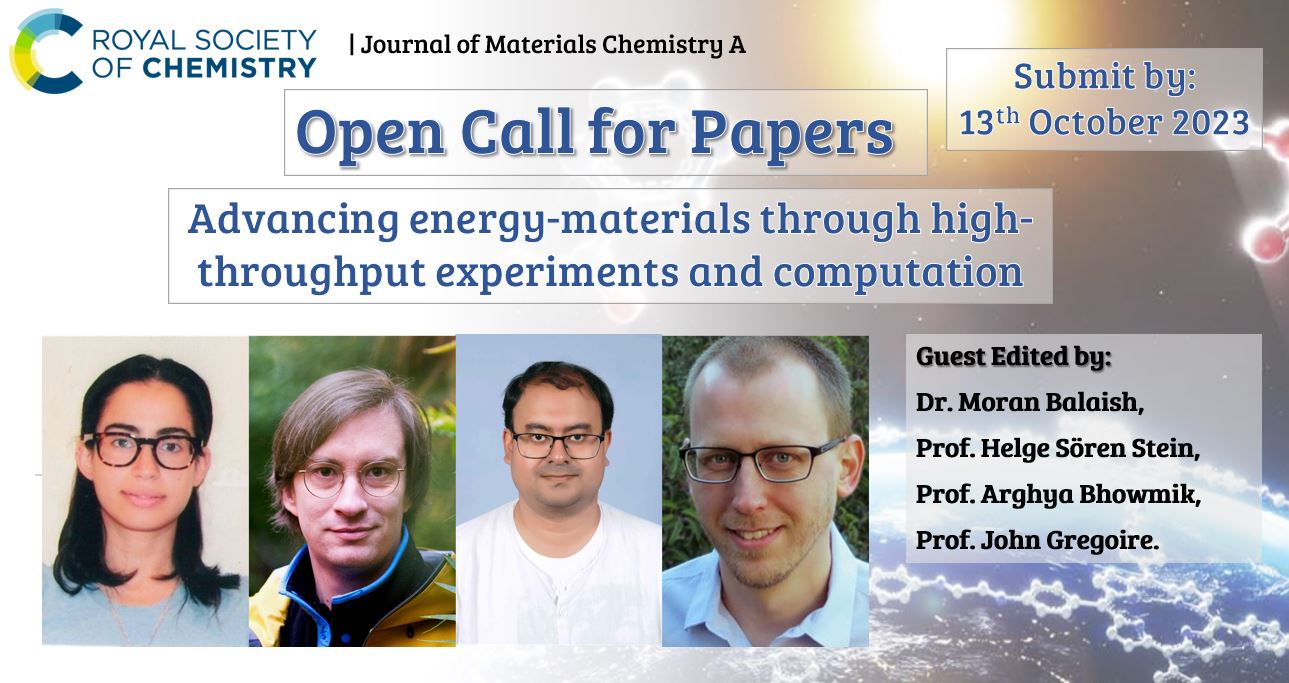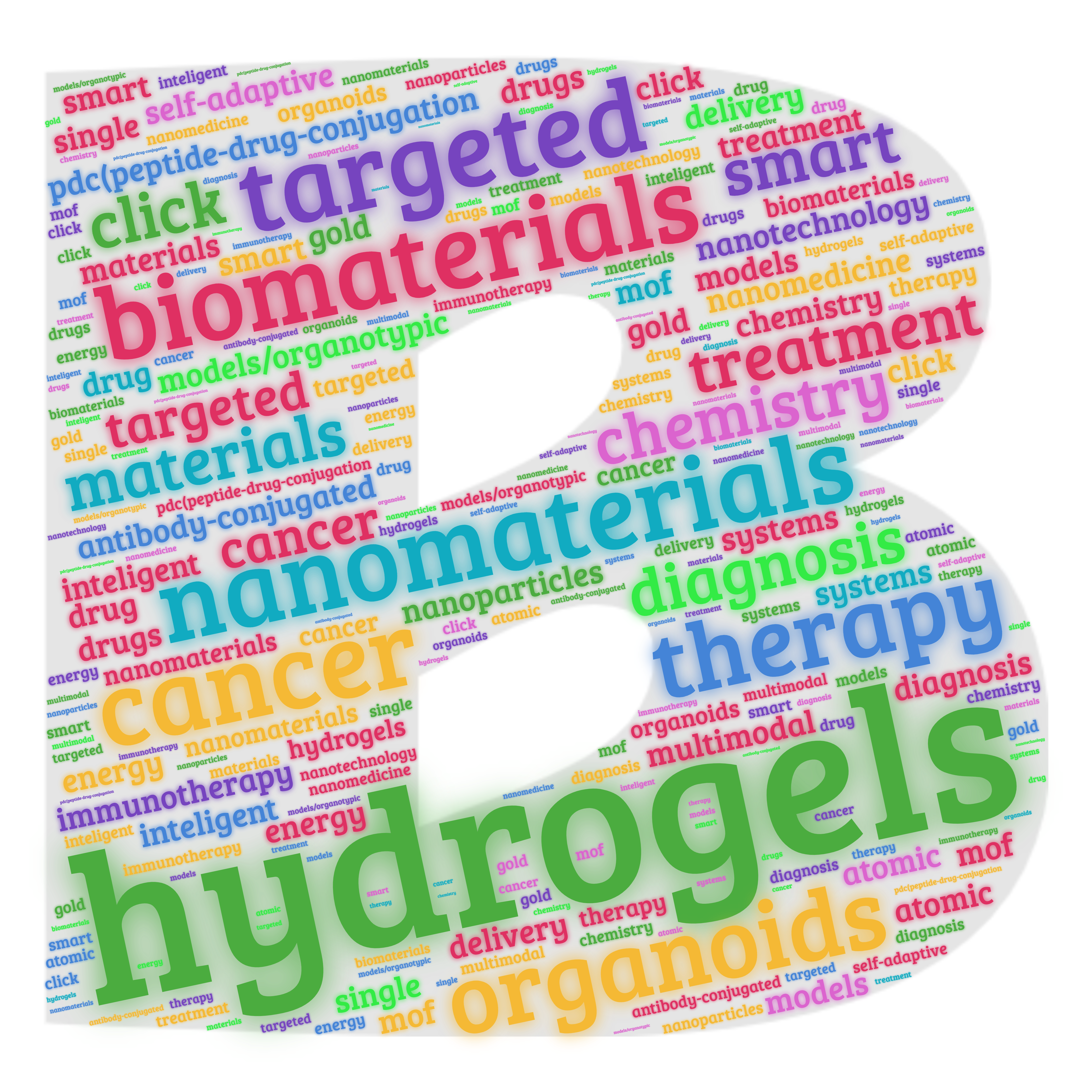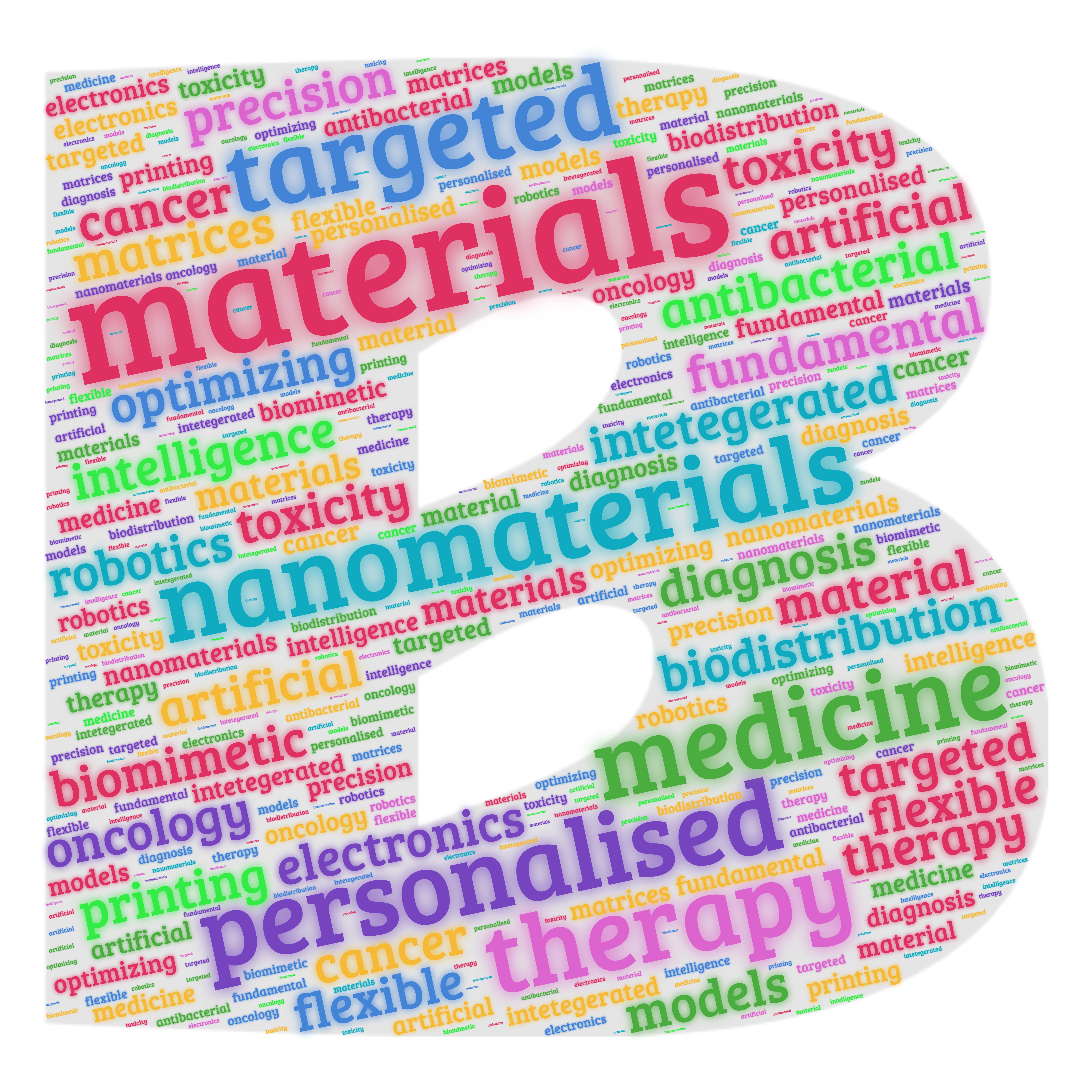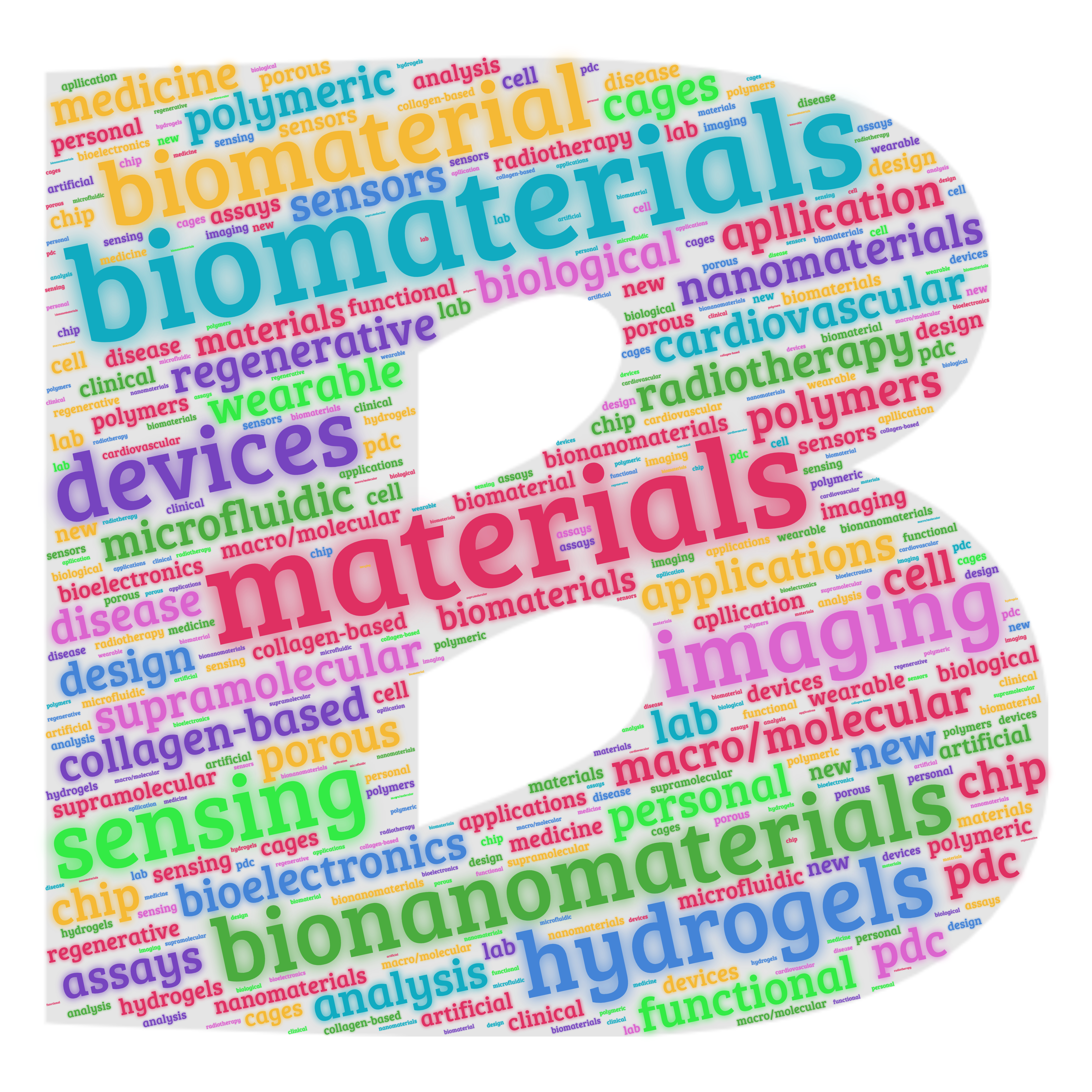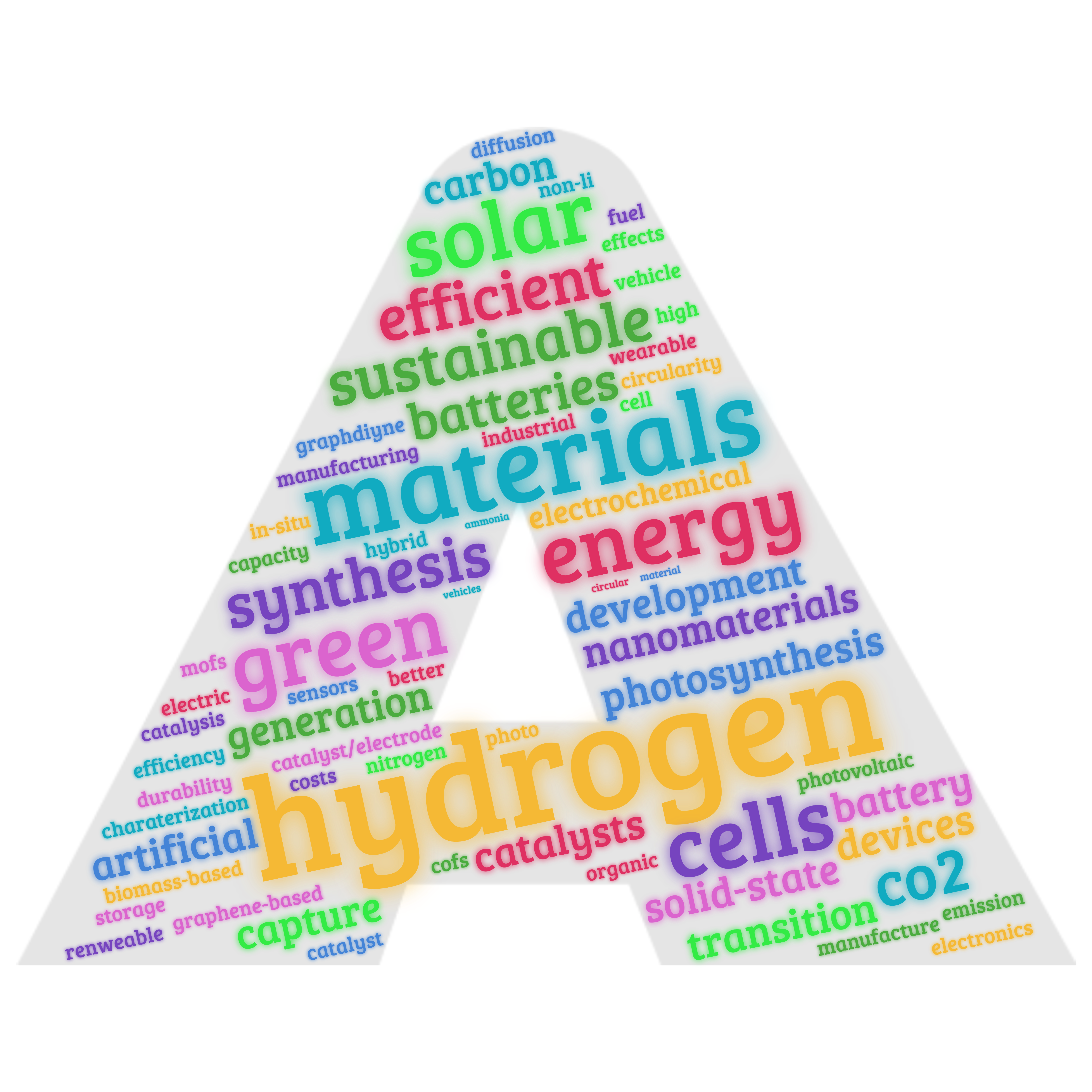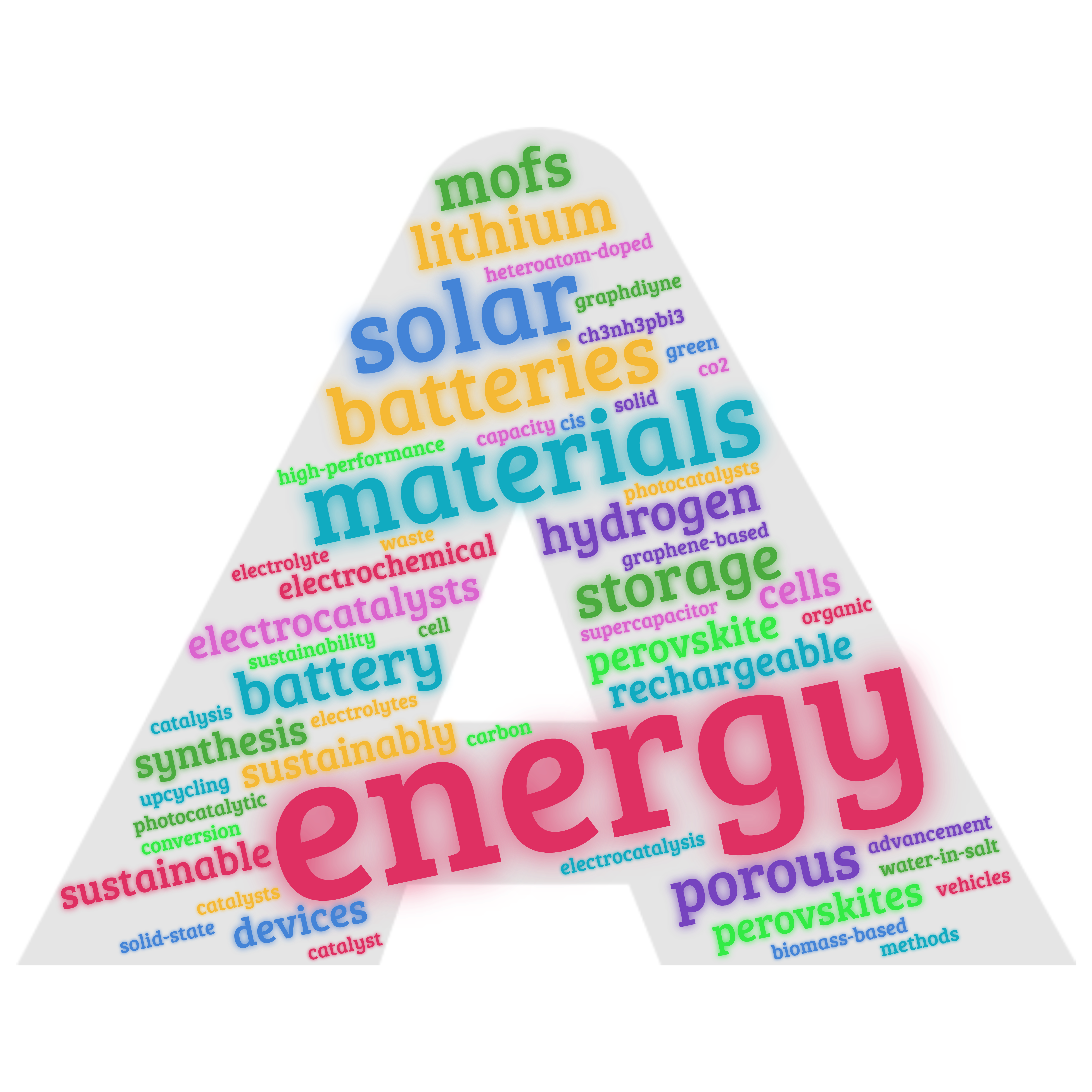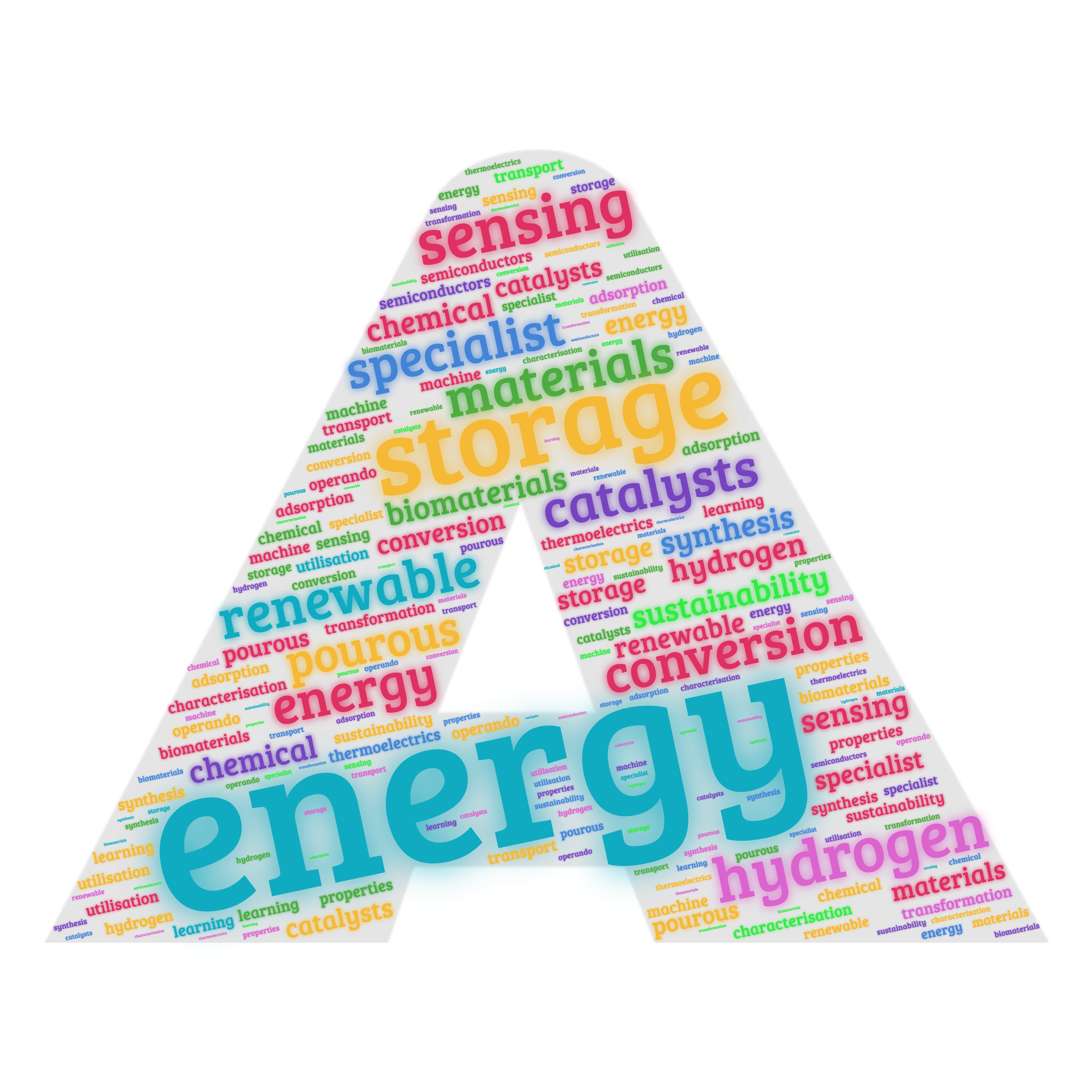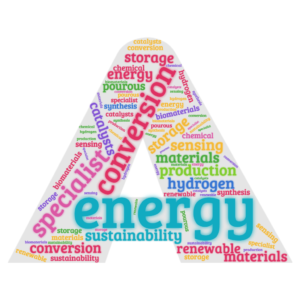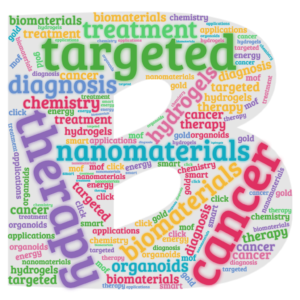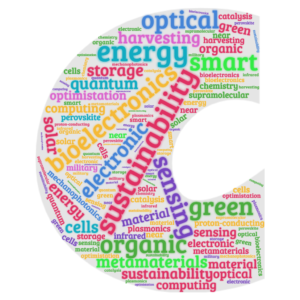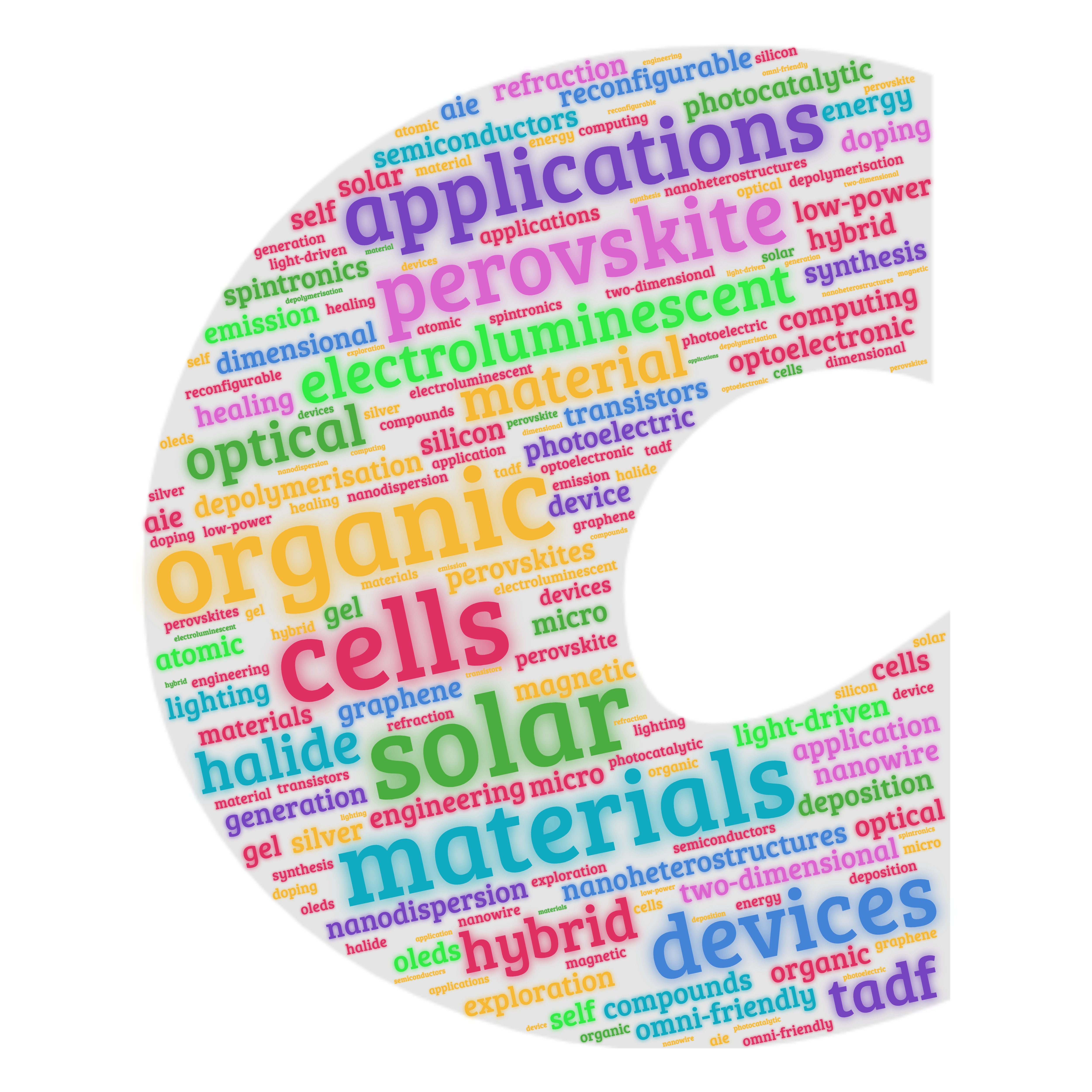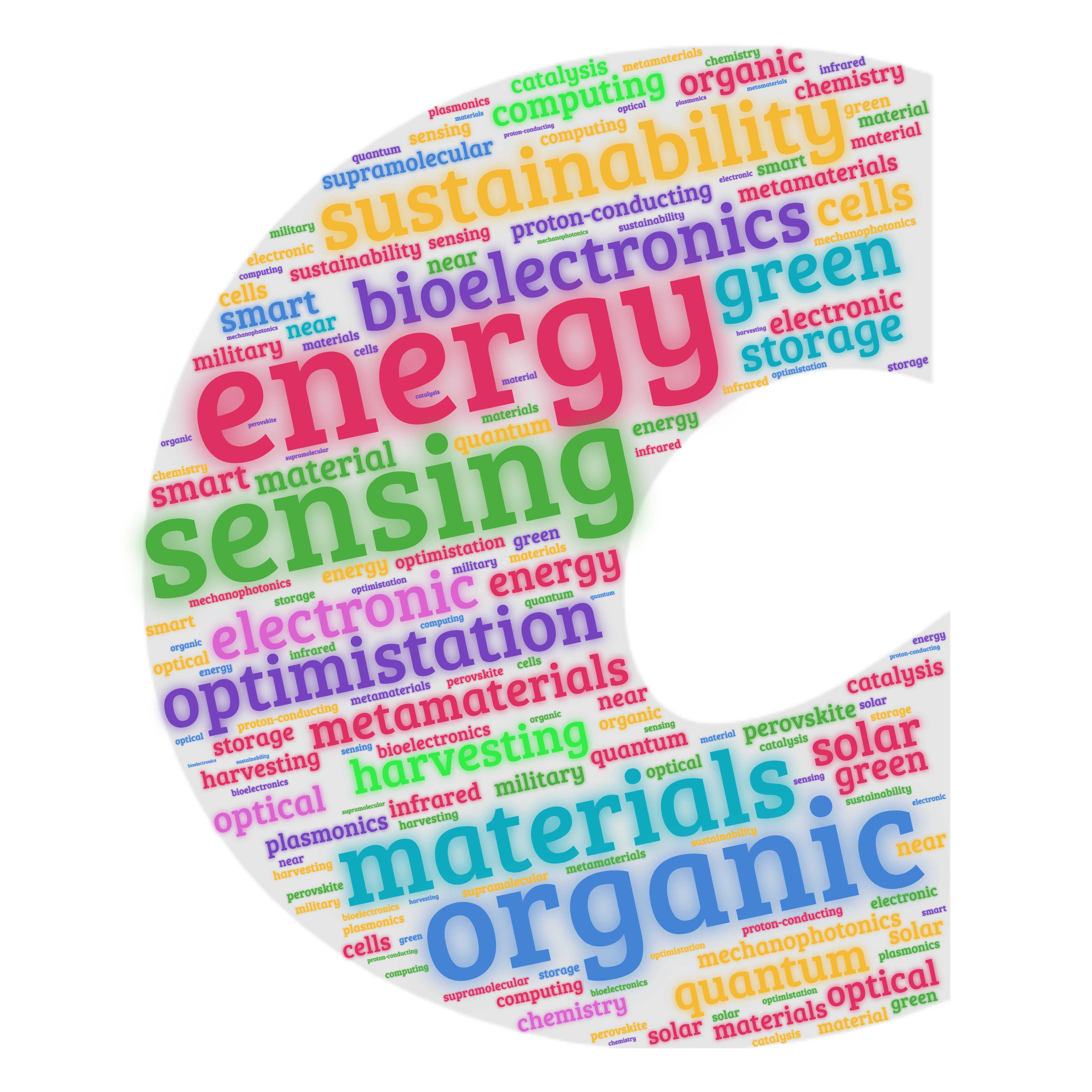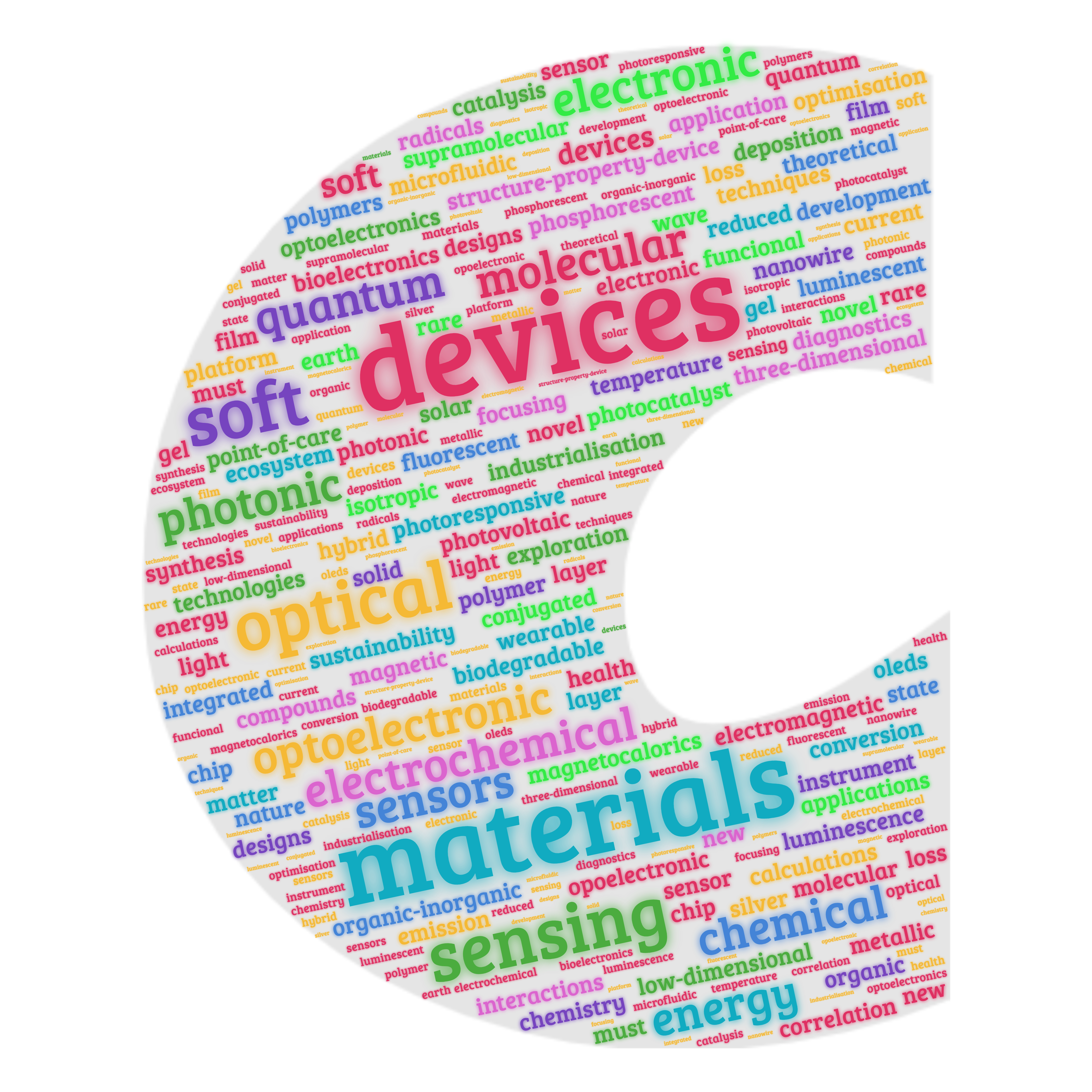The Journal of Materials Chemistry A, B and C 10th Anniversary issues are here!
We are pleased to present our special 10th Anniversary issues of Journal of Materials Chemistry A,B and C featuring some of the best work from members of the community who have supported the journals over the last 10 years. We would like to thank and celebrate our community for their ongoing support and for sharing their latest discoveries with us.
Journal of Materials Chemistry A anniversary issue
Journal of Materials Chemistry B anniversary issue
Journal of Materials Chemistry C anniversary issue
Past and present Editors-in-Chief, Deputy Editors-in-Chief and Editorial Board Chairs introduce the anniversary issue and reflect on the history of the journal and their experiences in this special Editorial: Introducing the tenth anniversary issues of Journal of Materials Chemistry A, B and C
Ten years ago, when Journal of Materials Chemistry split into the three journals, Journal of Materials Chemistry A, B and C, the vision was to provide venues for highly topical research in a broad range of materials chemistry across three distinguished journal scopes. Since the first issues were published at the beginning of 2013, we have continued to host a diverse range of impactful research across the global materials chemistry community and covering the full breadth of our discipline.
Over the past decade, Journal of Materials Chemistry A, B and C owes their success to many dedicated authors, reviewers, editors, and readers. These special issues celebrate and thank those members of our community who have supported the journals over the last ten years, and we are honoured that these authors have shared their latest discoveries with us.
To ensure full access to our anniversary issues, all 3 will be free to read until 4th August 2023.
Keep an eye on the new additions to the collections over the anniversary year and don’t forget to check out the 10th Anniversary Statements included in the articles!
Discover more of our activities such as the Community Spotlight, the #MyFirstJMC Collections, the 10th Anniversary Cover Showcase or the Anniversary Survey Results, in our blogs linked below.
Community Spotlight
We have published a series of blogs featuring interviews with various members of our communities who have supported the journals over recent years. Keep an eye out on our blogs platform and on our socials for our next Community Spotlight feature.
#MyFirstJMC Collections
We have been showcasing authors who have published for the first time in Journal of Materials Chemistry A, B or C in 2023. Authors can opt-in to be included if it is their first-time publishing with the journal as a corresponding author. Check out the ongoing collections below to meet the next generation of our community and keep an eye on our socials for #MyFirstJMC promotion. We thank these authors for choosing to publish their work with us!
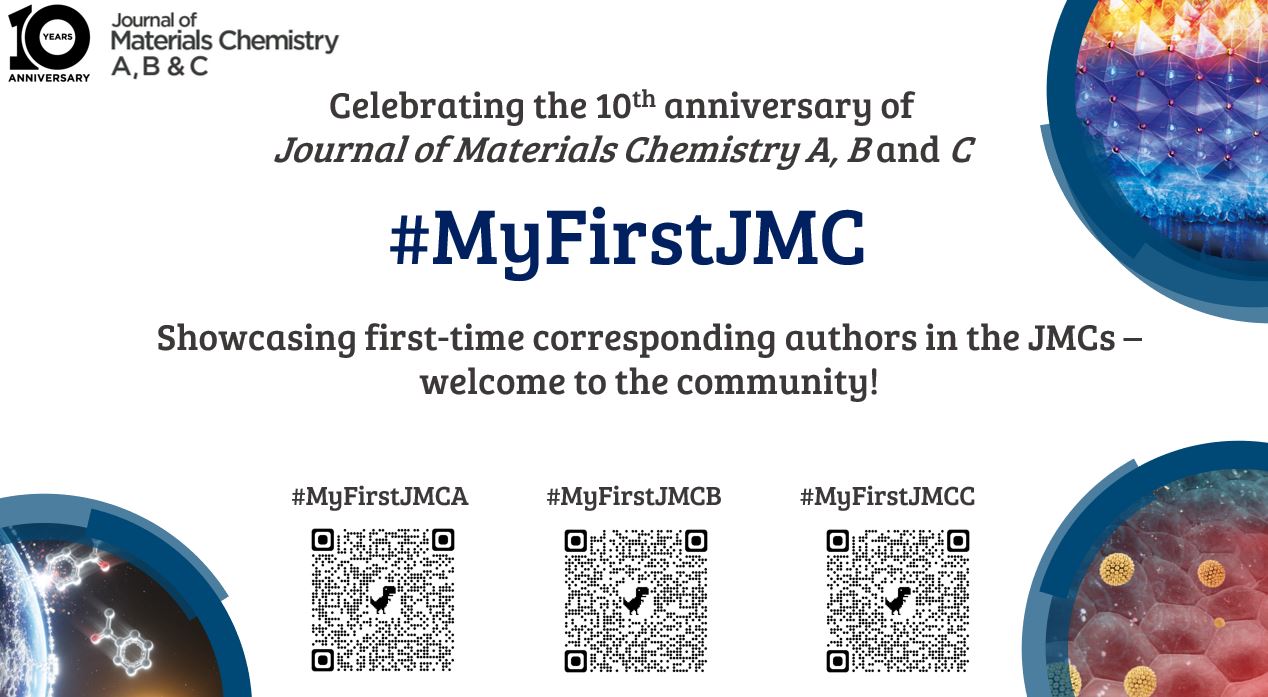
10th Anniversary Covers
Since the start of 2023, we have encouraged authors to include a 10 in their cover designs to celebrate the 10th Anniversary of the journals. These covers have been promoted on Twitter using the hashtag #JMCs10Years.
The results are in – Journal of Materials Chemistry 10 Year Anniversary Survey
To celebrate 10 years of Journal of Materials Chemistry A, B and C we asked you to contribute your thoughts and perspectives about the development of materials chemistry and the future of the field!
Follow us on Twitter (@JMaterChem), WeChat and sign up to our mailings to keep up to date with our latest anniversary activities.
We sincerely hope you enjoy sharing in our celebration of ten excellent years of materials chemistry at the Royal Society of Chemistry.


